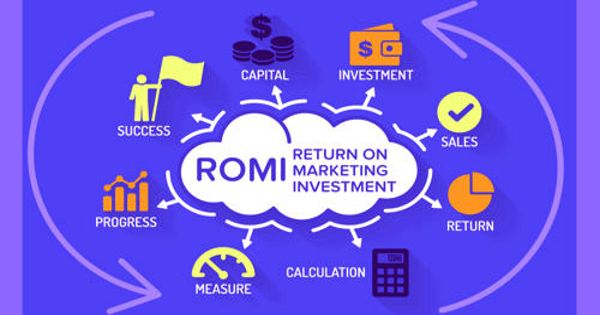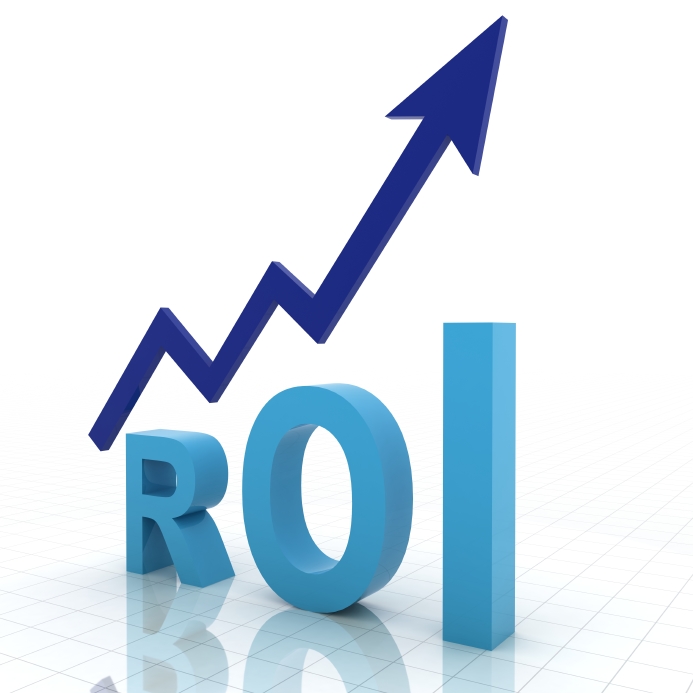

After a year of work, you can run a report to see the sales that the salesperson have brought in. You might hire a salesperson for $100,000 a year but wonder if they are worth the money. For example, if a new product cost $25,000 to research, create, promote, and sell and the company made $32,000 in the first year in sales then the ROI is $7,000/$25,000 or 28% (don’t forget to calculate your return which is $32,000 – $25,000). After placing the product on the market for the first year it is important to look back to find out if you have received a return for your investment. New products can be costly to research, create, promote, and sell so it is important to track costs. In the case of a business, return on investment comes in two primary forms, depending on when it’s calculated: anticipated ROI and actual ROI. Return on Investment or ROI is a performance that is measured to evaluate the profit that can be generated from an investment or it can be used to compare. The above three reasons why ROI is important are great examples of Return on Investment so let’s look at them closer to see how they are calculated. Return on investment (ROI) is a metric used to denote how much profit has been generated from an investment that’s been made. ROI looks at the cost of marketing a product compared to the sales that came from that marketing to find out if the campaign broke even, surpassed expectations, or didn’t perform well at all. It can be hard to track the success of a sales or marketing project but ROI can change this. One way to track performance is to find their ROI in relation to the sales they brought in compared to their salary. Many companies hire salespeople but find it hard to track whether they are performing well. ROI can equate the success of investing in a new product to market by analyzing how much revenue it generated against the cost to create, promote, and sell. Here are just a few examples of where ROI is a great indicator of success within a business. Once you have calculated the success of an investment you can optimize to improve this in the future. ROI calculates the success of an investment but the investment doesn’t have to be external. Return on Investment is huge when you look at what it can achieve for a company. Their ROI would then be $2,500/$5,000, which is an ROI of 50% on the original investment. For instance, if an investor paid $5,000 to invest in new technology and received $7,500 after the product went to market, their return would be $7,500 – $5,000 = $2,500. Medical-dental integration between oral health and chronic disease prevention programs benefits patients and saves money.Calculating ROI is straight forward to do and the formula is simple to follow. The health care system could save up to $100 million each year if dental offices performed screenings for diabetes, high blood pressure, and high cholesterol.School sealant programs could save up to $300 million in averted costs by providing sealants to the 6.5 million children from low-income families who need them.


School sealant programs that serve students at high risk for cavities can become cost-saving in 2 years and save $11.70 per sealed tooth over 4 years.Delivering dental sealants to children at high risk for cavities can be cost-saving to Medicaid by averting more expensive treatment costs.
Communities of 1,000 or more people see an average estimated return on investment of $20 for every $1 spent on water fluoridation.


 0 kommentar(er)
0 kommentar(er)
